Home>Furniture>Outdoor Furniture>How To Maintain Patio Pavers
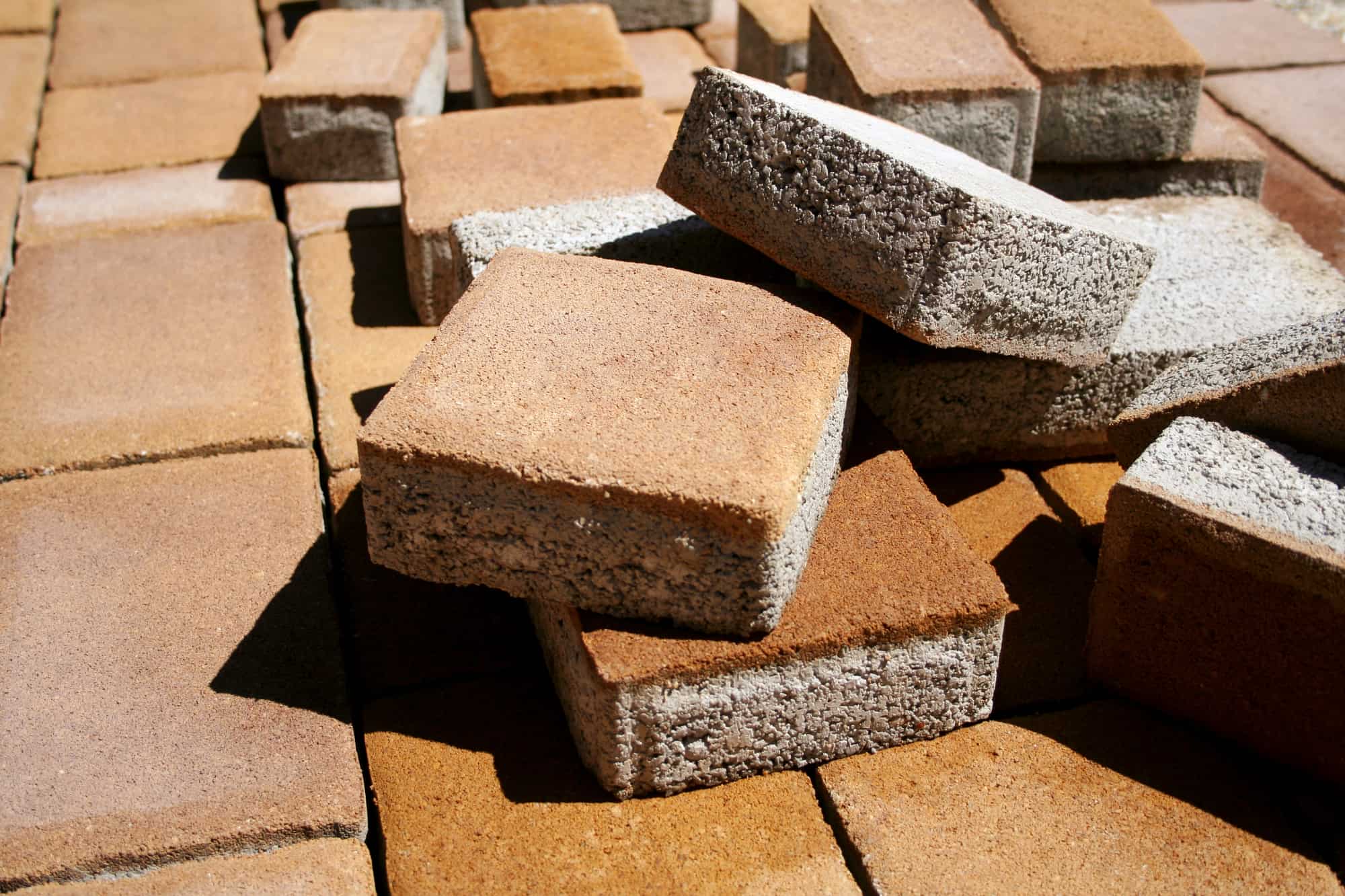

Outdoor Furniture
How To Maintain Patio Pavers
Modified: March 24, 2024
Learn how to properly maintain your outdoor furniture and keep your patio pavers looking pristine with our helpful tips and tricks.
(Many of the links in this article redirect to a specific reviewed product. Your purchase of these products through affiliate links helps to generate commission for Storables.com, at no extra cost. Learn more)
Introduction
Having a patio can enhance the beauty and functionality of your outdoor living space. Patio pavers, with their durability and aesthetic appeal, are a popular choice for creating a stunning patio. However, like any outdoor surface, patio pavers require regular maintenance to ensure they remain in optimal condition.
In this article, we will explore the key steps to effectively maintain your patio pavers, keeping them clean, attractive, and long-lasting. Whether you are a seasoned homeowner or a new patio owner, these maintenance tips will help you enjoy your outdoor space for years to come.
By following these maintenance guidelines, you can prevent common issues such as weed growth, paver damage, and discoloration. Investing a little time and effort in regular upkeep will not only preserve the aesthetic appeal of your patio but also extend its lifespan.
So, let’s dive in and discover the best practices for maintaining your patio pavers!
Key Takeaways:
- Regular maintenance, including clearing, cleaning, and repairing, is essential for preserving the beauty and functionality of patio pavers. Preventive measures and proactive upkeep can extend the lifespan of outdoor spaces.
- Using high-quality materials, applying UV protectant, and practicing proper drainage are key to protecting patio pavers from damage and ensuring their longevity. Regular inspections and professional maintenance can help catch and address issues early on.
Read more: What Are Pavers For Patio
Clearing and Cleaning the Patio Pavers
Before starting any maintenance tasks, it’s important to clear your patio pavers of any debris or loose dirt. Use a broom or leaf blower to sweep away leaves, twigs, and other debris that may have accumulated on the surface. This step is crucial as it prevents these materials from getting lodged between the pavers, which can contribute to weed growth and potential damage.
Once the area is clear, it’s time to give your patio pavers a thorough cleaning. You can use a pressure washer or a garden hose with a high-pressure nozzle attachment to remove dirt, grime, and stains. Start from one end of the patio and work your way systematically towards the other end, ensuring even coverage.
If there are stubborn stains or algae growth on the pavers, you can use a mild detergent or specially formulated paver cleaner. Follow the instructions provided and scrub the affected areas with a brush or broom. Be sure to rinse off any residue thoroughly to avoid leaving behind a soapy or slippery surface.
For particularly tough stains, such as oil spills or rust marks, there are specific stain removers available in the market. These products are designed to target and remove specific stains without damaging the pavers. It’s essential to read and follow the instructions carefully to achieve the best results.
Once you have finished cleaning, allow the patio pavers to dry completely. This step is crucial as wet or damp pavers can trap moisture and lead to the growth of mold or mildew. It’s best to wait a day or two before proceeding with any further maintenance tasks.
Regularly clearing and cleaning your patio pavers not only improves their appearance but also prevents the accumulation of debris and minimizes the risk of weed growth. It’s recommended to perform this cleaning routine at least once a year or as needed, depending on the local climate and usage of the patio.
Repairing Damaged Pavers
Over time, patio pavers may develop cracks, chips, or become loose due to natural wear and tear or external factors. Addressing damaged pavers promptly is essential to maintain the integrity and visual appeal of your patio. Here are some steps to repair damaged pavers:
1. Assess the Damage: Begin by examining the extent of the damage to determine the necessary repairs. If the damage is minor, such as a small crack or chip, you may be able to fix it yourself. However, for more significant damage or extensive areas, it’s advisable to seek professional assistance.
2. Remove the Damaged Paver: To replace a damaged paver, start by carefully removing it from the patio. Use a chisel and a rubber mallet to break it into smaller pieces and safely remove them. Be cautious not to damage the surrounding pavers during this process.
3. Prepare the Area: Once the damaged paver is removed, inspect the underlying bedding material. Ensure it is level and sufficient for proper installation. Add or remove sand or gravel as necessary to create a stable base for the new paver.
4. Install the Replacement Paver: Take a new paver that matches the size, color, and texture of the existing ones. Place it in the prepared area and tap it gently with a rubber mallet to ensure it sits flush with the other pavers. Double-check the alignment and adjust if needed.
5. Fill the Gaps: After replacing the paver, fill the gaps around it with fine sand or polymeric sand. Use a broom to brush the sand into the joints thoroughly, ensuring the gaps are completely filled. This will provide stability and prevent any movement of the paver in the future.
6. Compact and Settle: To ensure the new paver is secure and level, gently compact the area with a hand tamper or a rubber mallet. This step helps to eliminate any air pockets and allows the paver to settle into place evenly.
7. Allow for Curing: Finally, let the repaired area cure for a few days before resuming regular use of the patio. Avoid putting excessive weight or heavy furniture on the newly repaired paver section during this time.
Remember, timely repairs are crucial to prevent further damage and maintain the overall integrity of your patio. Regularly inspect your patio pavers and address any signs of damage promptly to ensure its longevity and visual appeal.
Weed Control
Weeds can quickly ruin the appearance of your patio pavers and cause damage if left unaddressed. Here are some effective methods for controlling and preventing weed growth:
1. Weed Removal: Regularly inspect your patio pavers and manually remove any weeds that have started to grow. Use a hand tool or a weed puller to ensure you remove the entire root system of the weed. Be thorough and diligent in this process to prevent future regrowth.
2. Weed Barrier: Consider installing a weed barrier beneath your patio pavers during the initial installation. A weed barrier acts as a protective layer that inhibits weed growth by preventing weed seeds from germinating and penetrating through the surface. This can save you a lot of time and effort in weed control in the long run.
3. Joint Sand Stabilization: Fill the gaps between your patio pavers with sand or polymeric sand. This not only provides stability but also helps to prevent weed growth. Polymeric sand is specially designed to harden when exposed to moisture, creating a solid barrier that discourages weed penetration. Follow the manufacturer’s instructions for proper application.
4. Weed-Resistant Landscaping: Surrounding your patio with weed-resistant plants and ground covers can help eliminate or reduce the chances of weeds sprouting near your pavers. Opt for low-maintenance plants that spread densely, creating natural weed barriers. Be sure to research the specific plants suitable for your climate and patio design.
5. Herbicidal Treatments: If you are dealing with persistent weed problems, you may consider using herbicidal treatments. Select a herbicide specifically formulated for use on patio pavers and weeds. Follow the instructions provided by the manufacturer carefully, including precautions for application and safety. It’s important to note that herbicides should be used sparingly and as a last resort.
6. Regular Maintenance: Consistently maintaining a clean and well-maintained patio is key to preventing weed growth. Sweep your patio regularly to remove any debris that can accumulate and provide a suitable environment for weed growth. By staying proactive and diligent in your maintenance routine, you can effectively minimize weed problems.
By implementing these weed control methods, you can enjoy a weed-free patio and maintain its pristine appearance. Regularly inspect and address any potential weed growth to keep your patio pavers looking beautiful and weed-free.
To maintain patio pavers, regularly sweep away debris and weeds, and use a mild detergent and water to clean any stains. Apply a sealer every 2-3 years to protect the pavers from wear and tear.
Sealing the Patio Pavers
Sealing your patio pavers is an important step in their maintenance routine. It helps to protect the surface from stains, fading, and the damaging effects of harsh weather conditions. Here’s how you can seal your patio pavers:
1. Clean the Pavers: Before sealing, ensure that your patio pavers are clean and free of any debris, stains, or efflorescence. Use a pressure washer or a suitable cleaner to thoroughly clean the surface and allow it to dry completely.
2. Choose the Right Sealer: There are various types of sealers available, including penetrating sealers and surface sealers. Determine the needs of your patio and select a sealer that is suitable for your specific paver material, climate, and desired outcome. Consult with a professional or read product labels for guidance.
3. Apply the Sealer: Follow the instructions provided by the manufacturer carefully. Start by pouring a small amount of sealer into a paint tray or a handheld sprayer. Apply the sealer evenly using a roller or sprayer, working in small sections at a time. Be cautious not to leave any streaks or puddles, as these can create an uneven appearance.
4. Allow it to Cure: After applying the sealer, let it dry and cure according to the manufacturer’s instructions. Be mindful of foot traffic and avoid placing any furniture or heavy objects on the sealed surface during this time. It typically takes a few days for the sealer to fully cure and provide optimal protection.
5. Regular Maintenance: Sealing is not a one-time solution. To prolong the effectiveness of the sealer, it’s important to regularly maintain and clean your patio pavers. Sweeping away debris, promptly addressing any spills or stains, and performing routine cleaning will help the sealer last longer and keep your patio looking beautiful.
6. Re-seal as Needed: The frequency of re-sealing will depend on various factors, such as the type of sealer used, weather conditions, and the amount of foot traffic on your patio. As a general guideline, it’s recommended to re-seal your patio every 2-3 years or as needed. However, be observant of any signs of wear and tear and re-seal if the protective barrier appears compromised.
By sealing your patio pavers, you not only enhance their appearance but also provide a layer of protection against stains, fading, and damage. Regular maintenance and timely re-sealing will ensure that your patio remains in excellent condition and stands the test of time.
Read more: What Is A Paver Patio
Regular Maintenance and Upkeep
Maintaining your patio pavers on a regular basis is essential to ensure their longevity and preserve their aesthetic appeal. Here are some key maintenance tasks to keep your patio looking its best:
1. Regular Cleaning: Sweep or rinse your patio regularly to remove any dirt, debris, or fallen leaves. This prevents them from accumulating and causing potential damage or staining to the pavers. Pay attention to areas where leaves or debris may collect, such as corners or under furniture.
2. Prompt Stain Removal: Address any spills or stains on your patio pavers as soon as possible. Use a mild detergent or specialized paver cleaner to treat the stain, following the manufacturer’s instructions. Remember to rinse the area thoroughly after cleaning to eliminate any residue.
3. Re-sanding the Joints: Over time, the sand or polymeric sand in the joints between your patio pavers may settle or get washed away. Periodically inspect the joints and replenish the sand as needed to maintain stability and prevent weed growth. Sweep the sand into the gaps and use a compactor to ensure proper leveling.
4. Inspect for Damage: Regularly check your patio pavers for any signs of damage, such as cracks, chips, or shifting. Address these issues promptly by repairing or replacing the damaged pavers to prevent further deterioration and maintain the structural integrity of your patio.
5. Protect from Heavy Objects: Avoid dragging heavy objects or furniture across your patio pavers, as this can cause scratching or cracking. Place protective pads or furniture sliders under the legs of outdoor furniture to distribute weight evenly and minimize damage to the pavers.
6. Mindful Lawn Care: If your patio is surrounded by a lawn, be careful when using lawn maintenance equipment, such as a lawnmower or trimmer, near the edges of your pavers. Accidental contact can cause chips or cracks. Use caution and consider using a protective barrier to shield your patio during lawn care activities.
7. Winter Protection: In regions with freezing temperatures, it’s important to take extra precautions during the winter months. Clear away any snow or ice promptly to prevent moisture from seeping into the pavers and causing damage. Avoid using salt or de-icing products directly on the pavers, as they can cause discoloration and deterioration over time.
By incorporating these regular maintenance tasks into your routine, you can ensure that your patio pavers stay in excellent condition and retain their beauty for years to come. Regular upkeep is the key to preserving the investment you’ve made in your outdoor space.
Tips for Longevity and Preventive Measures
To maximize the longevity of your patio pavers and minimize potential issues, it’s important to take proactive measures and follow these helpful tips:
1. Use High-Quality Pavers: Invest in high-quality patio pavers that are specifically designed for durability and longevity. Opt for materials such as concrete, natural stone, or porcelain, as they are known for their strength and resistance to wear and tear.
2. Apply a UV Protectant: If your patio is exposed to direct sunlight for extended periods, consider applying a UV protectant to prevent color fading and discoloration of the pavers. Consult with a professional or check with the paver manufacturer for suitable UV protectant products.
3. Avoid Harsh Chemicals: When cleaning your patio pavers, avoid using harsh chemicals or cleaners that can damage the surface. Opt for mild detergents or specialized paver cleaners that are safe for use on your specific paver material.
4. Protect with Furniture Pads: Place furniture pads or coasters under the legs of your outdoor furniture to prevent scratches, gouges, or indentation marks on the pavers. This simple step can significantly extend the lifespan and appearance of your patio.
5. Maintain Proper Drainage: Ensure that your patio has proper drainage to prevent water from pooling on the surface. Good drainage prevents water from seeping into the pavers, which can lead to cracking or shifting. If needed, consider installing drainage solutions or slopes to direct water away from your patio.
6. Trim Surrounding Vegetation: Trim back any overhanging branches or vegetation near your patio to prevent debris, leaves, and twigs from falling onto the pavers. This will help maintain a clean and debris-free surface, reducing the risk of staining and potential damage.
7. Regular Inspections: Make it a habit to regularly inspect your patio pavers for any signs of damage, wear, or issues. Catching and addressing problems early on can prevent them from escalating into more significant and costly repairs.
8. Professional Maintenance: Consider hiring a professional for periodic maintenance and deep cleaning of your patio pavers. Professionals have the expertise, specialized equipment, and knowledge to thoroughly clean, repair, and maintain your patio for optimal longevity.
By following these tips and taking a proactive approach to maintenance, you can ensure that your patio pavers remain in excellent condition and provide you with many years of enjoyment. Prevention and regular upkeep are always key to preserving the beauty and integrity of any outdoor living space.
Conclusion
Maintaining your patio pavers doesn’t have to be a daunting task. With regular care and attention, you can keep your outdoor space looking beautiful and ensure its longevity. Clearing and cleaning the patio pavers, repairing any damage, controlling weeds, sealing the surface, and performing regular maintenance tasks are all essential steps in preserving the beauty and functionality of your patio.
By taking preventive measures, such as using high-quality materials, applying UV protectant, and using furniture pads, you can protect your patio pavers from damage and extend their lifespan. Additionally, practicing proper drainage, trimming surrounding vegetation, and regularly inspecting your pavers will help you catch any issues early on and address them promptly.
Remember to follow manufacturer guidelines for cleaning products, sealers, and any other maintenance products to ensure optimal results without causing harm to your patio pavers. If in doubt, consult with professionals who can offer expert advice and assistance.
By investing a little time and effort into regular maintenance and following these tips, you can enjoy a stunning, well-maintained patio that enhances your outdoor living space and provides a welcoming retreat for years to come. So, roll up your sleeves and get ready to show your patio some love—it will reward you with many enjoyable moments and memories with friends and family.
Frequently Asked Questions about How To Maintain Patio Pavers
Was this page helpful?
At Storables.com, we guarantee accurate and reliable information. Our content, validated by Expert Board Contributors, is crafted following stringent Editorial Policies. We're committed to providing you with well-researched, expert-backed insights for all your informational needs.
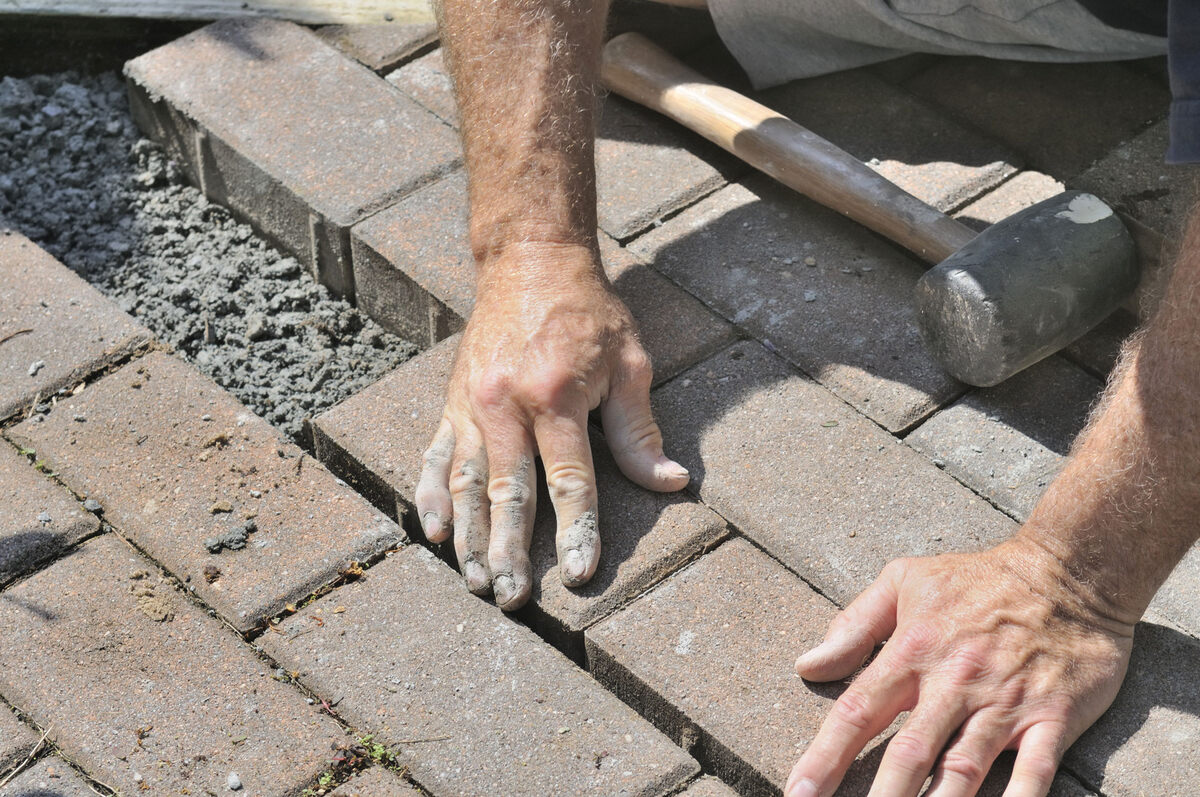
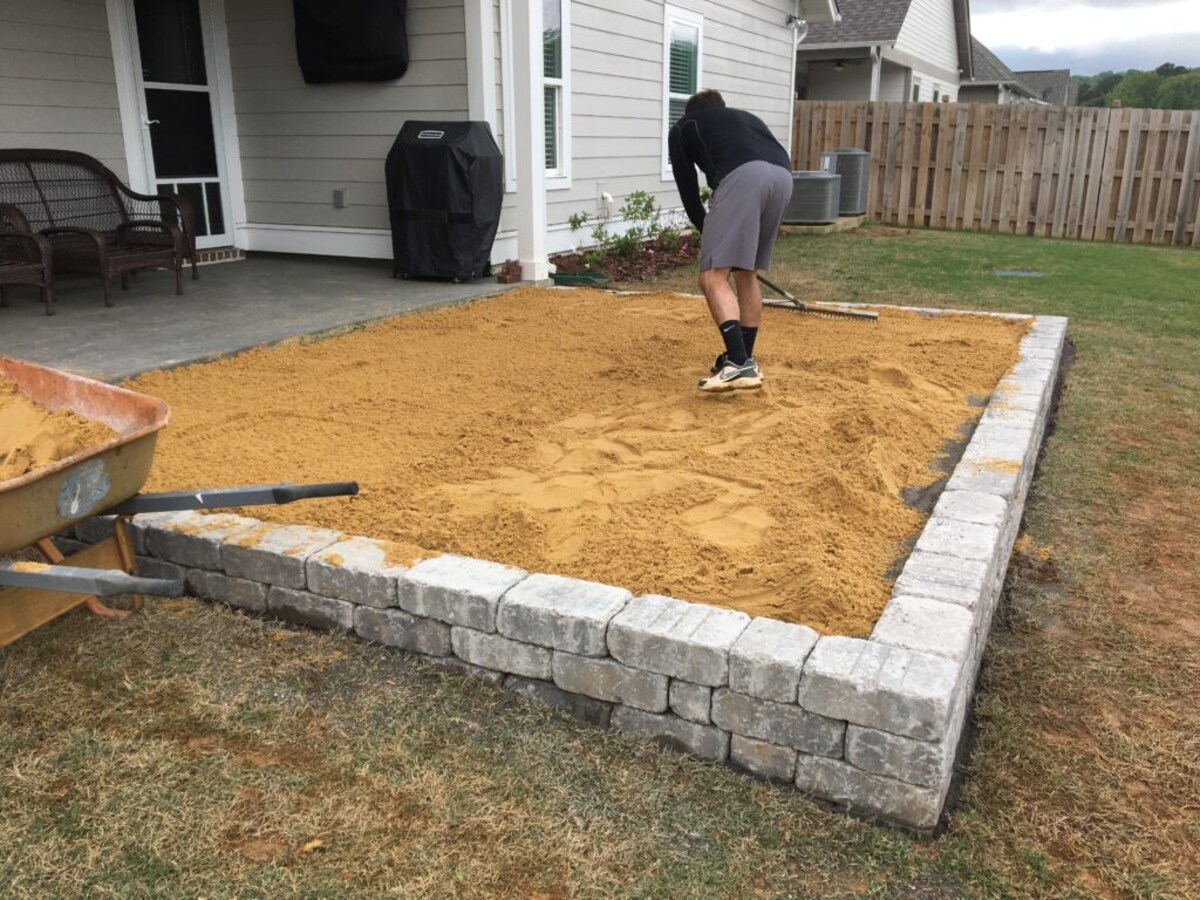
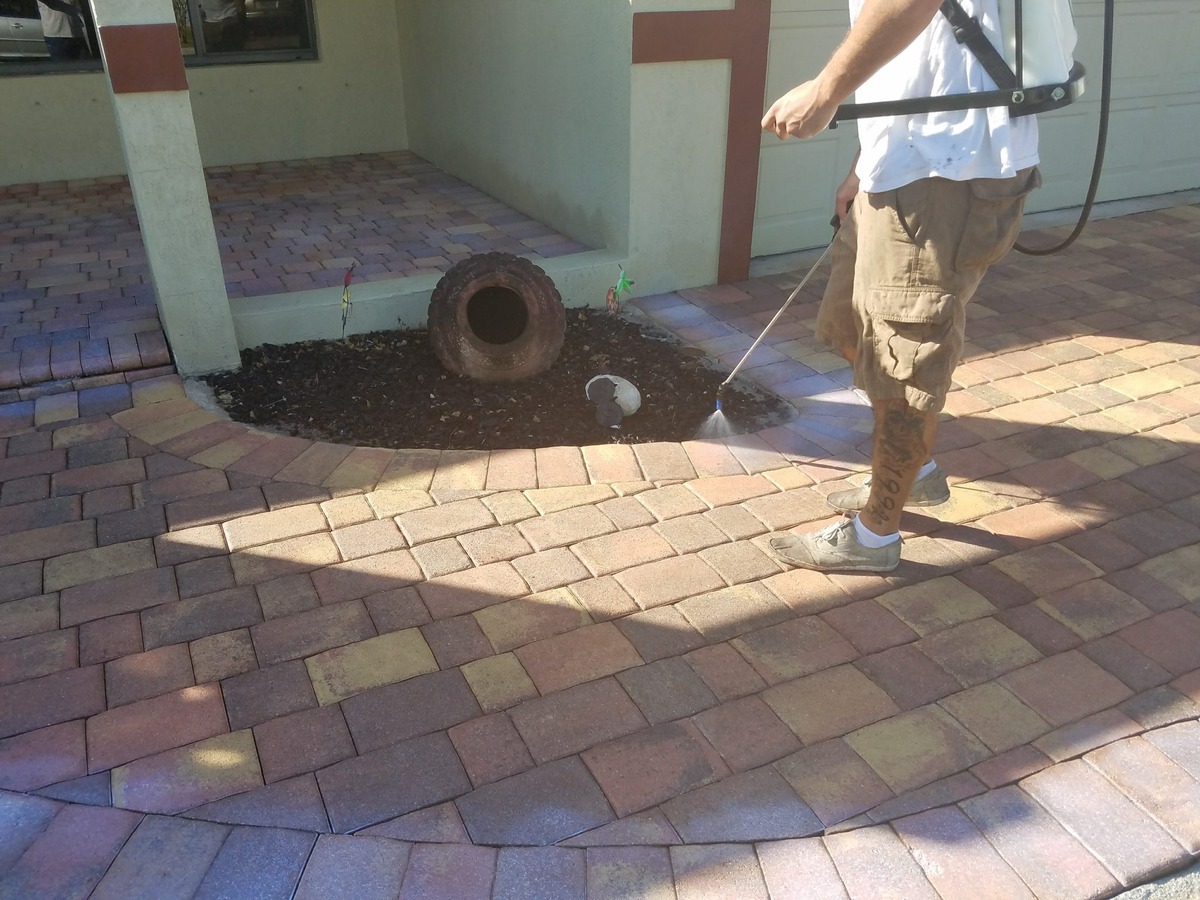
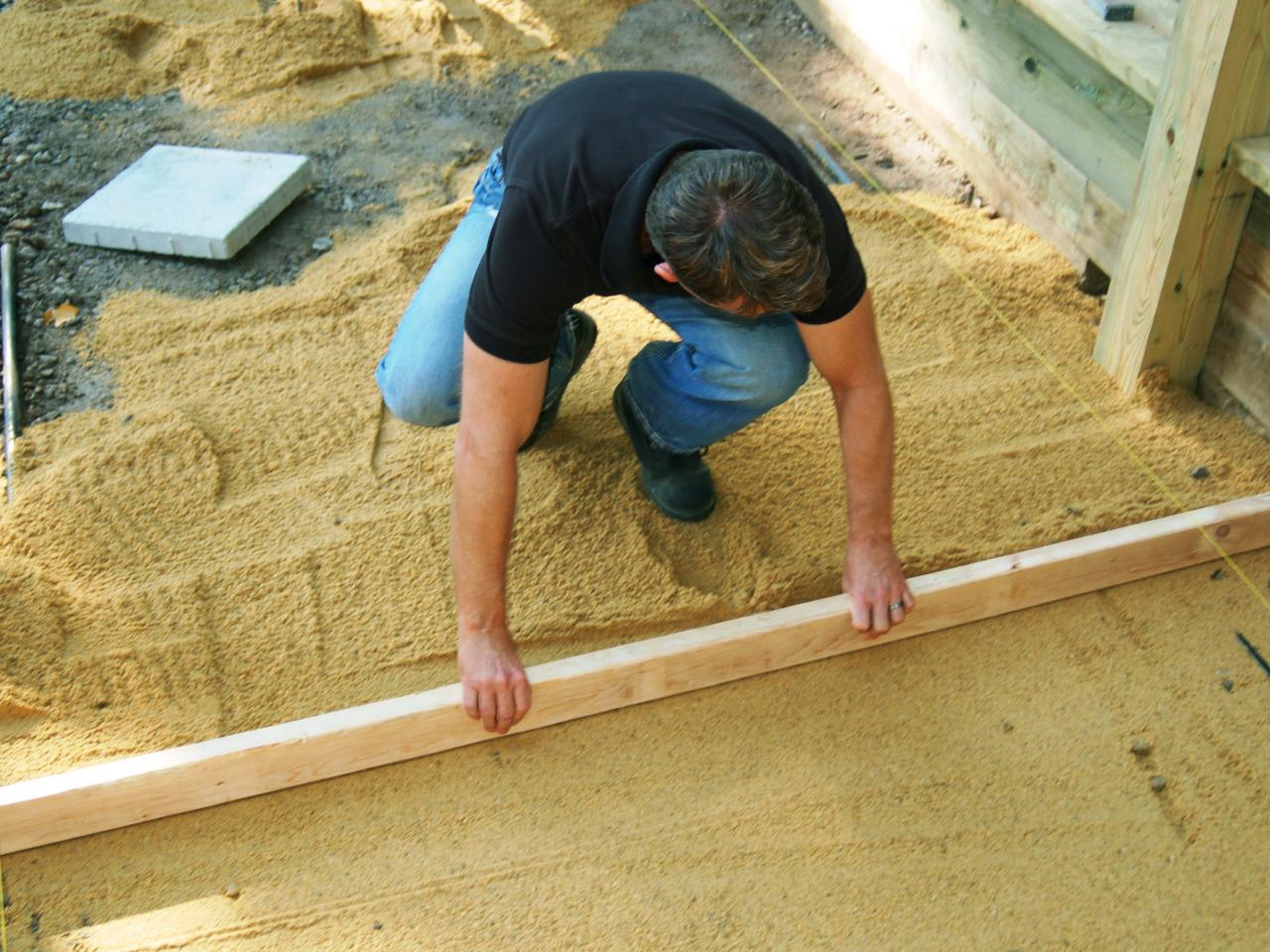
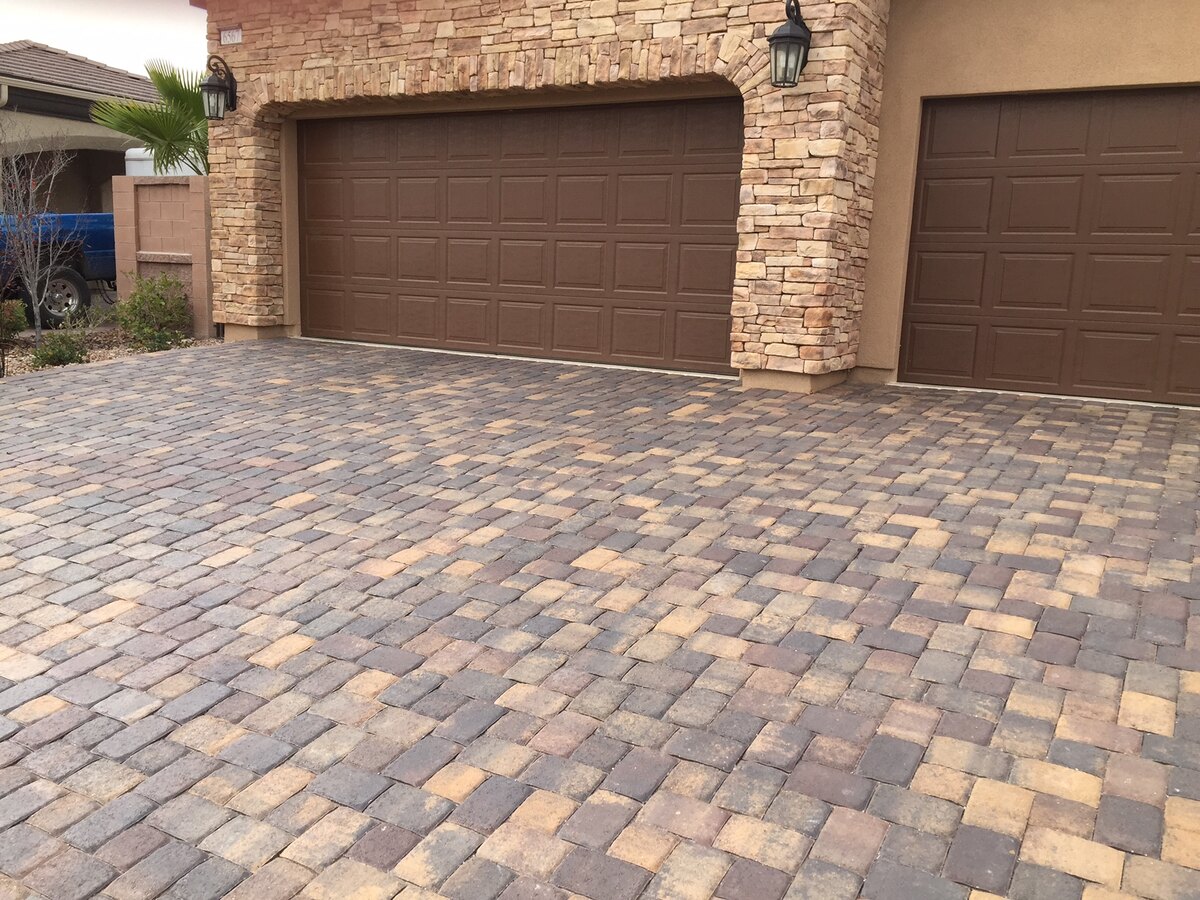
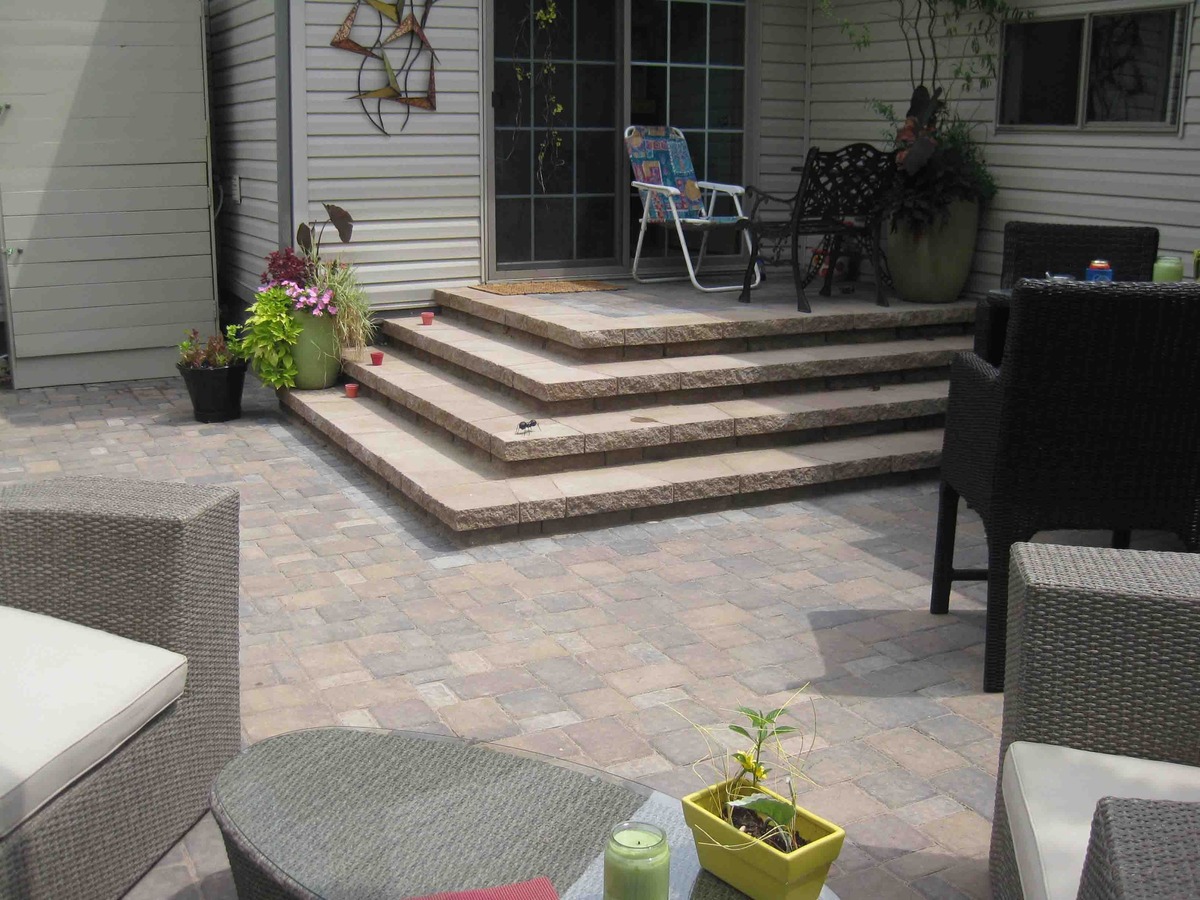
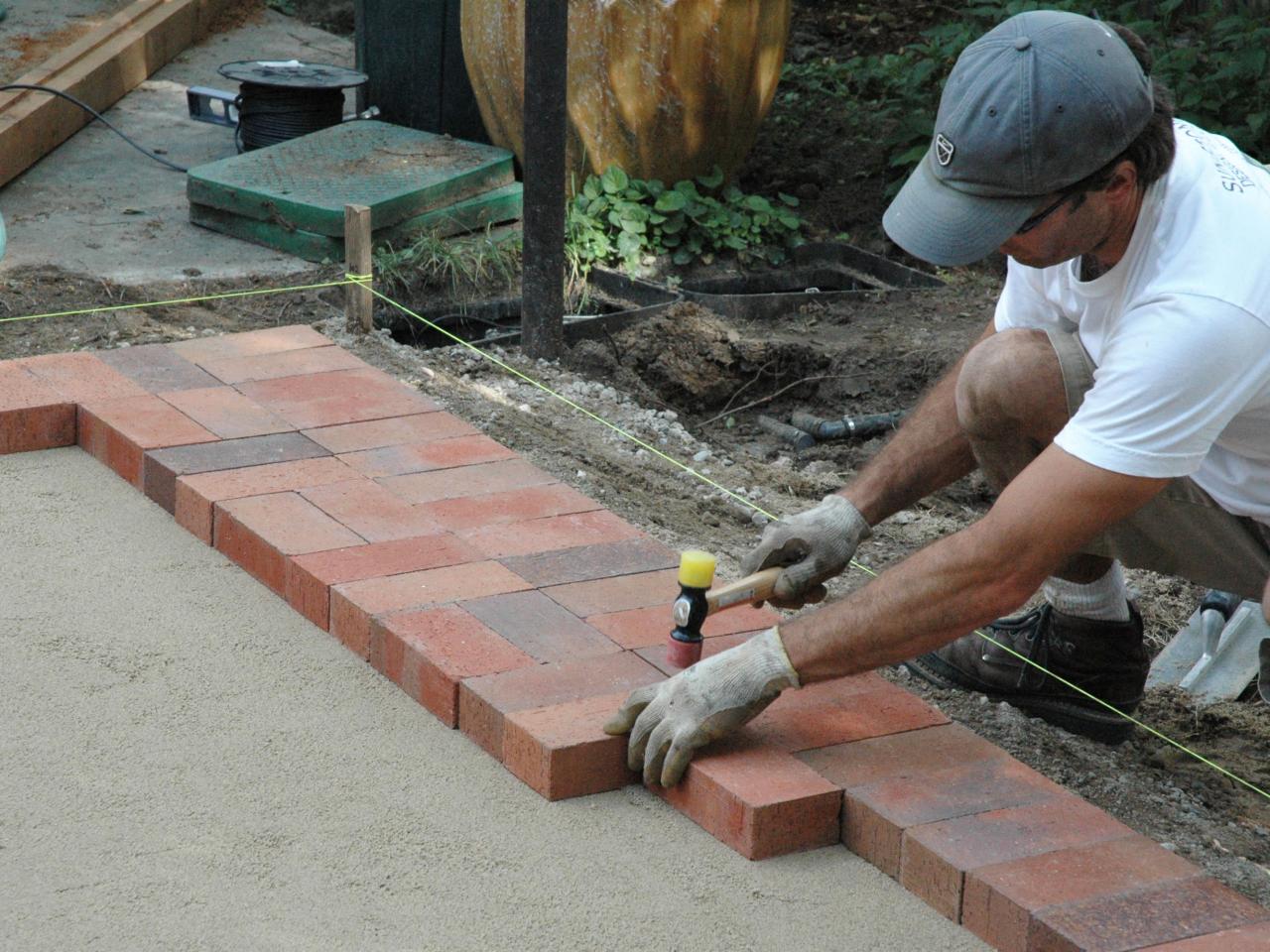
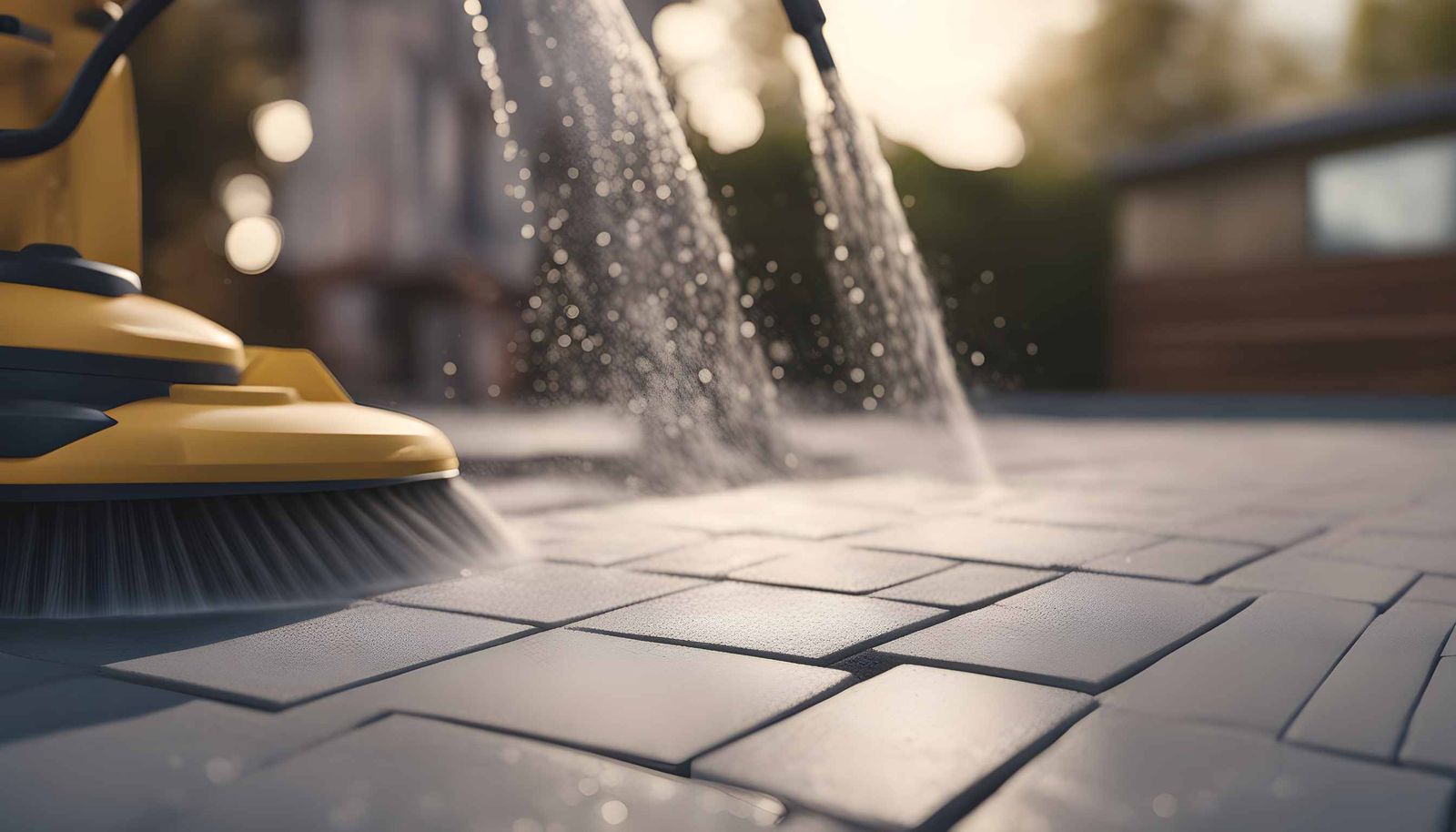
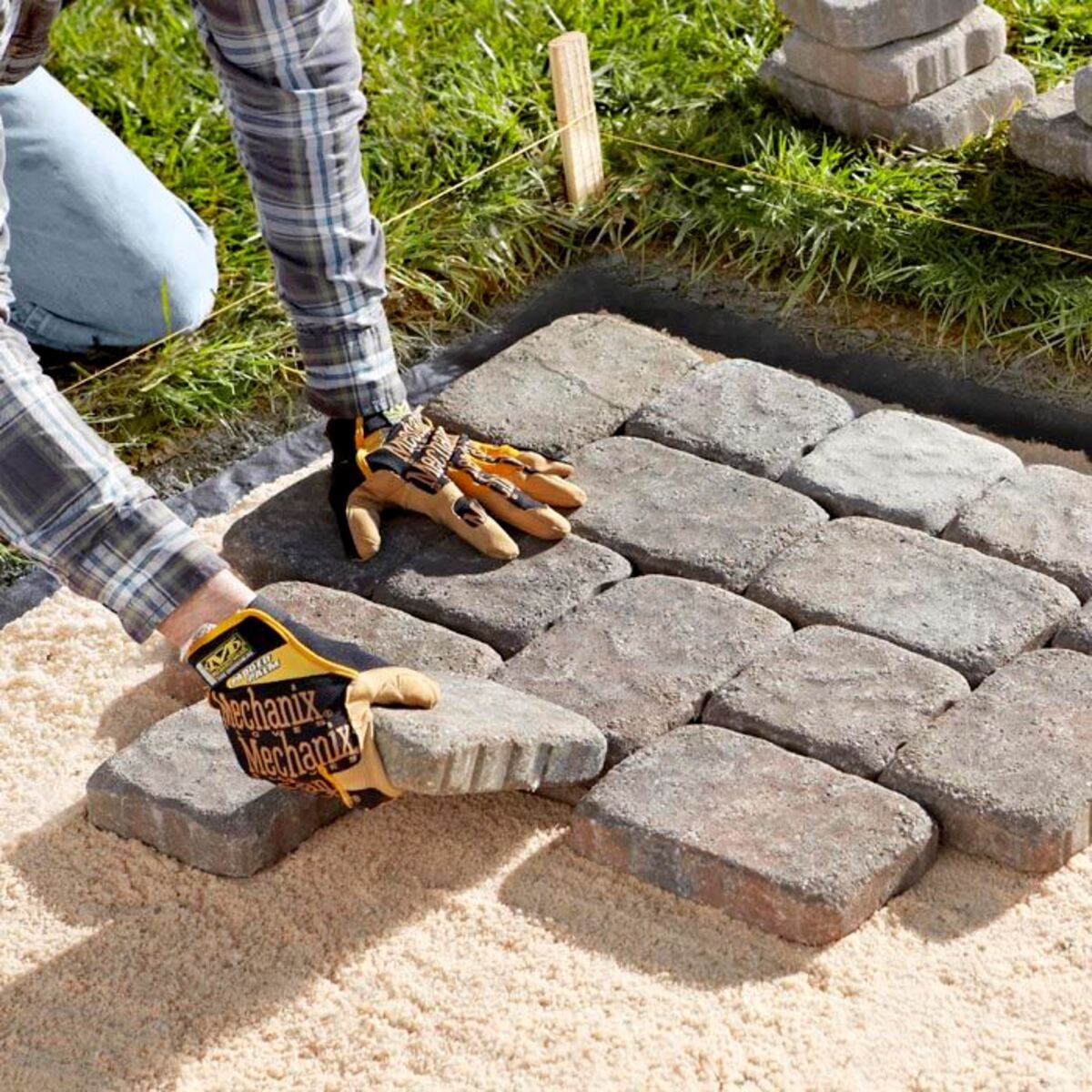
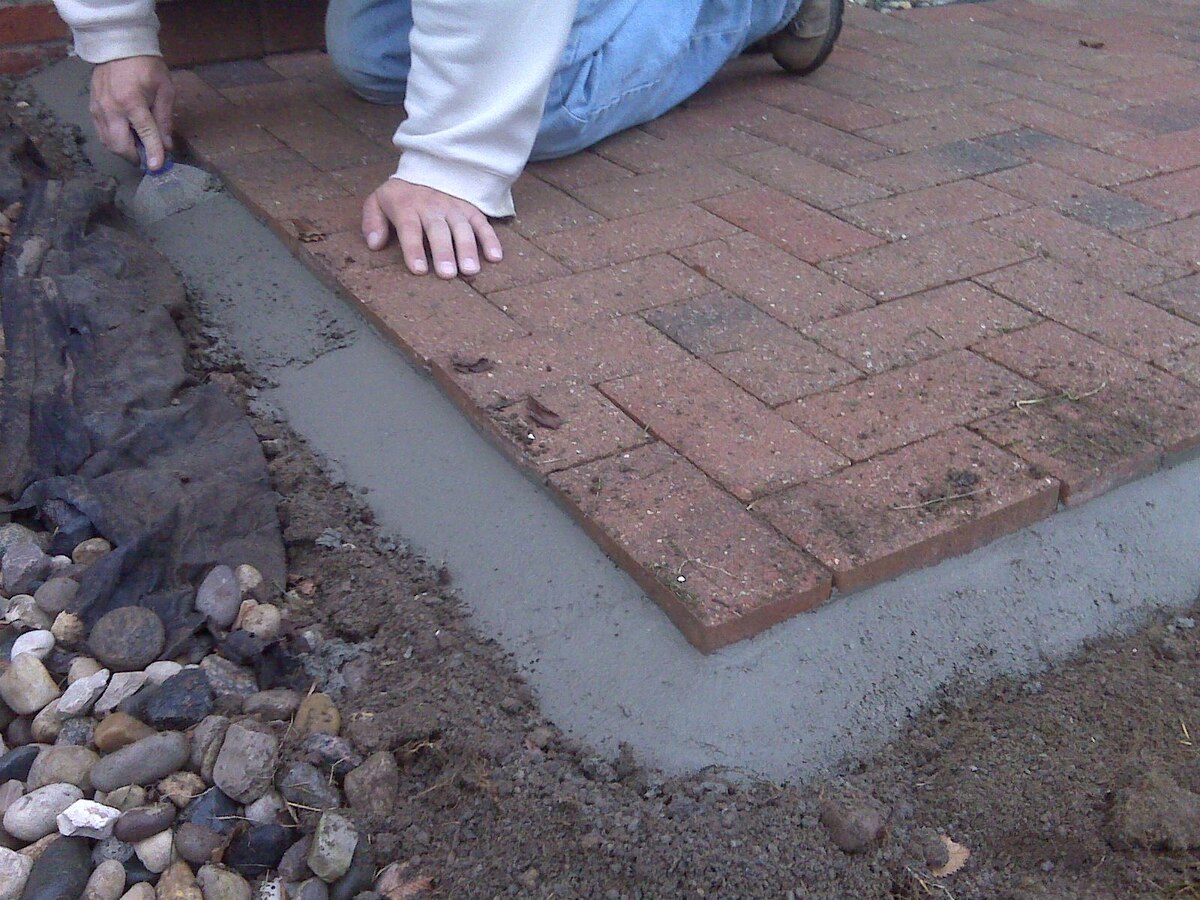

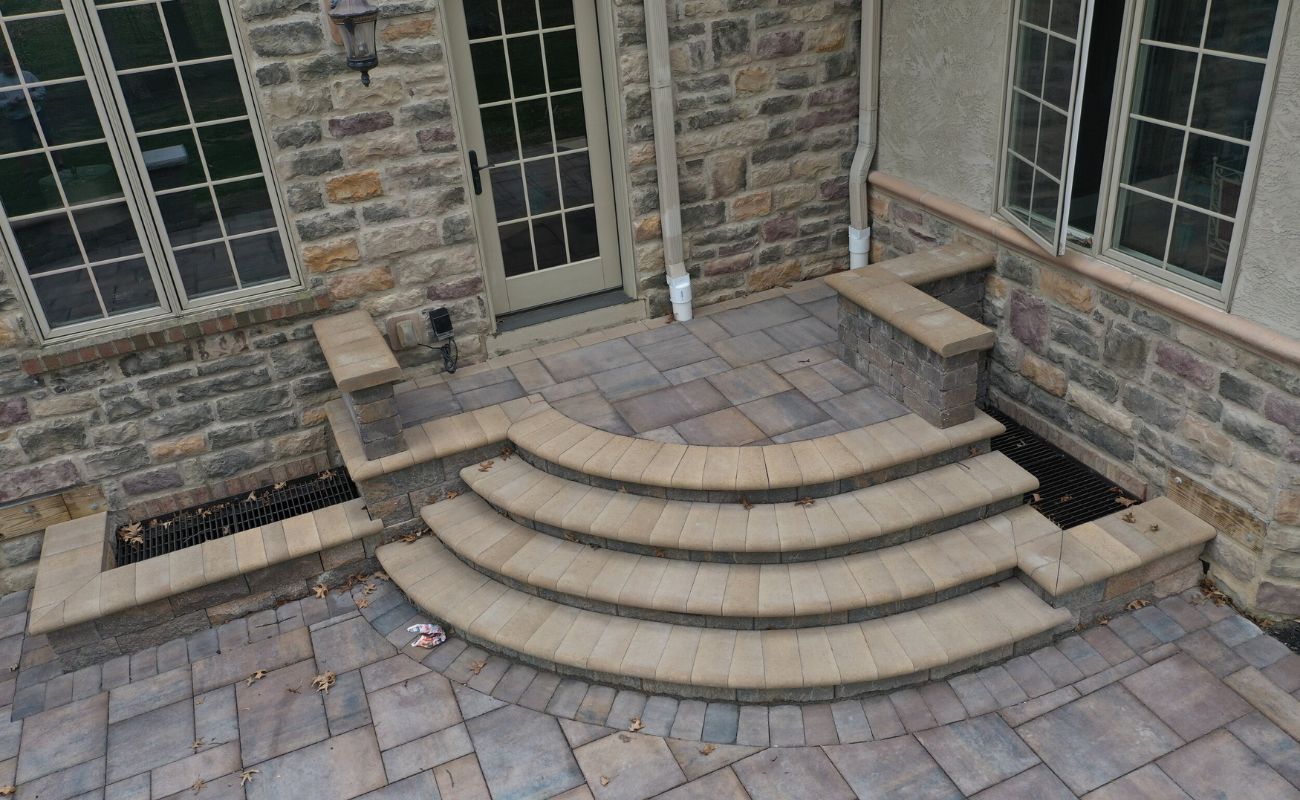
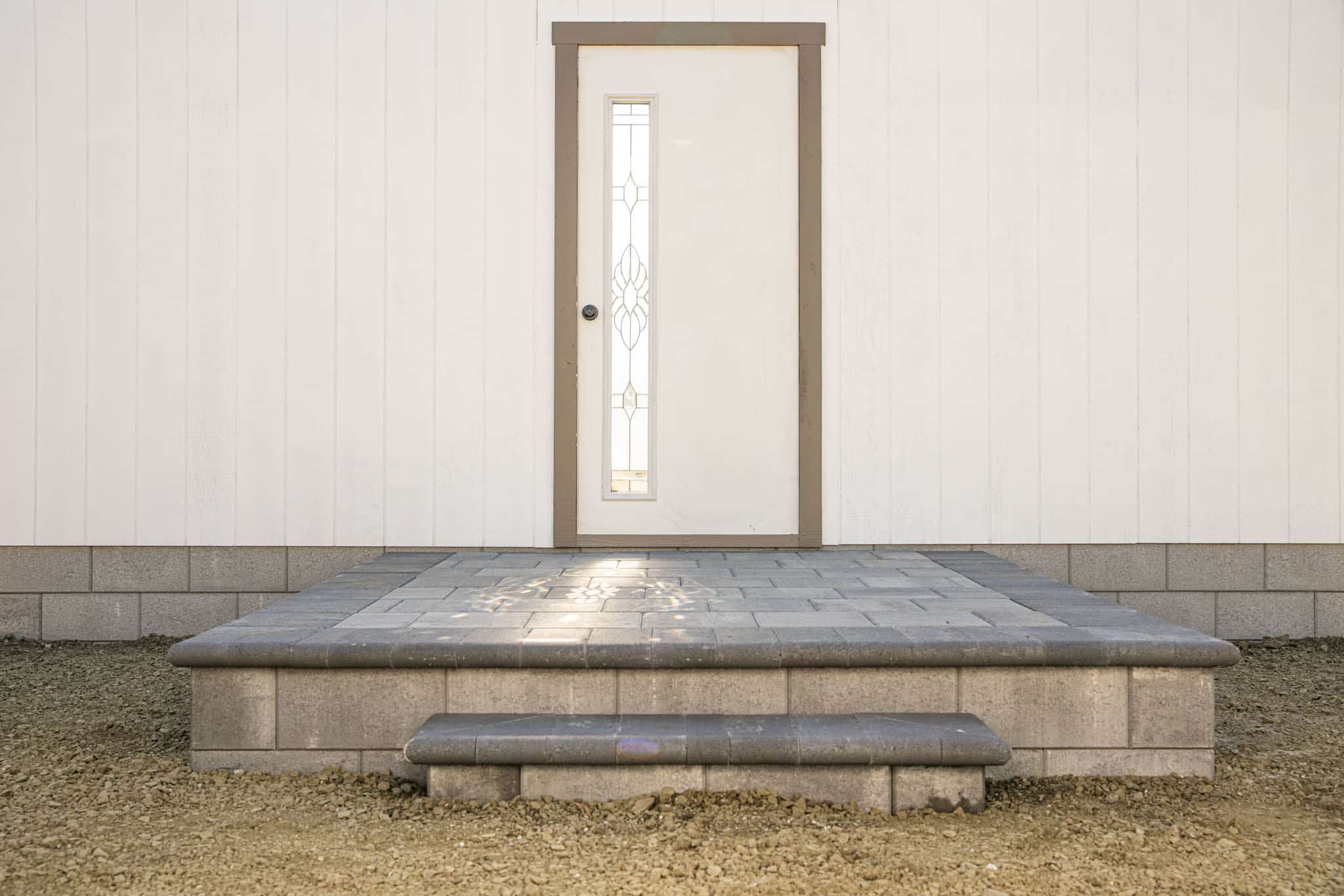
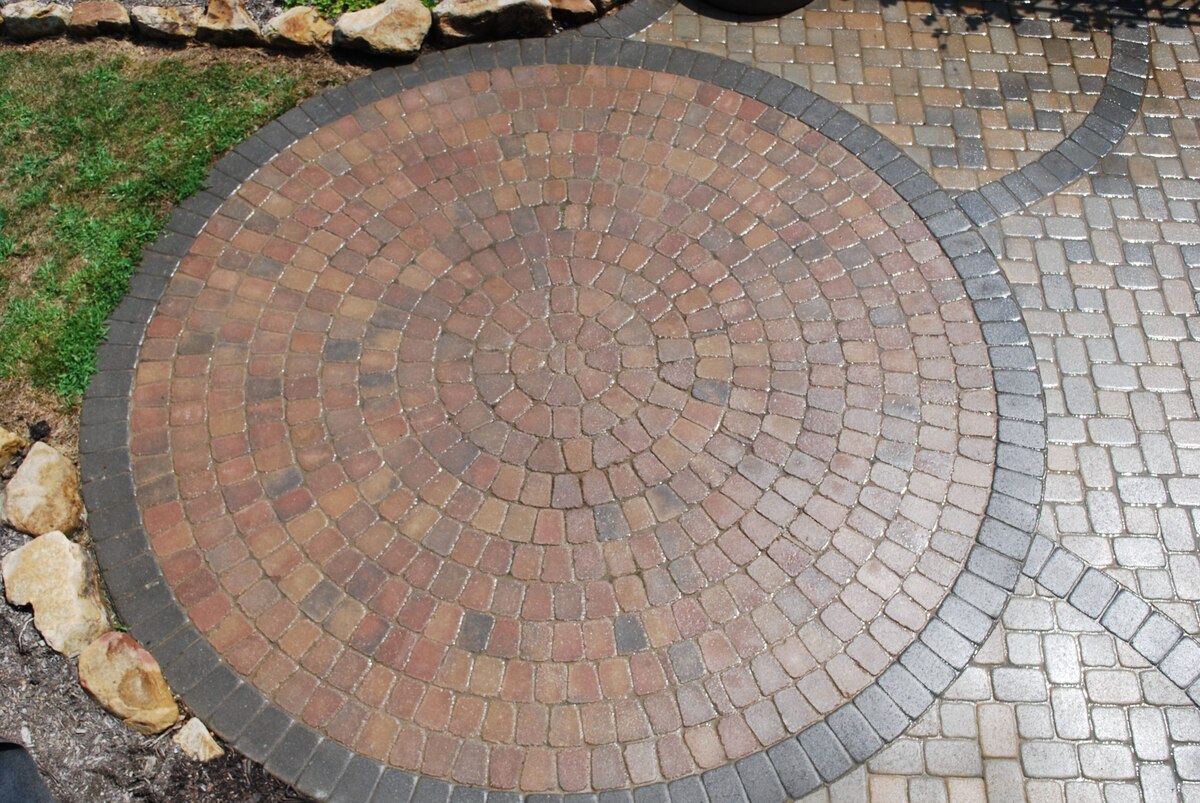

0 thoughts on “How To Maintain Patio Pavers”